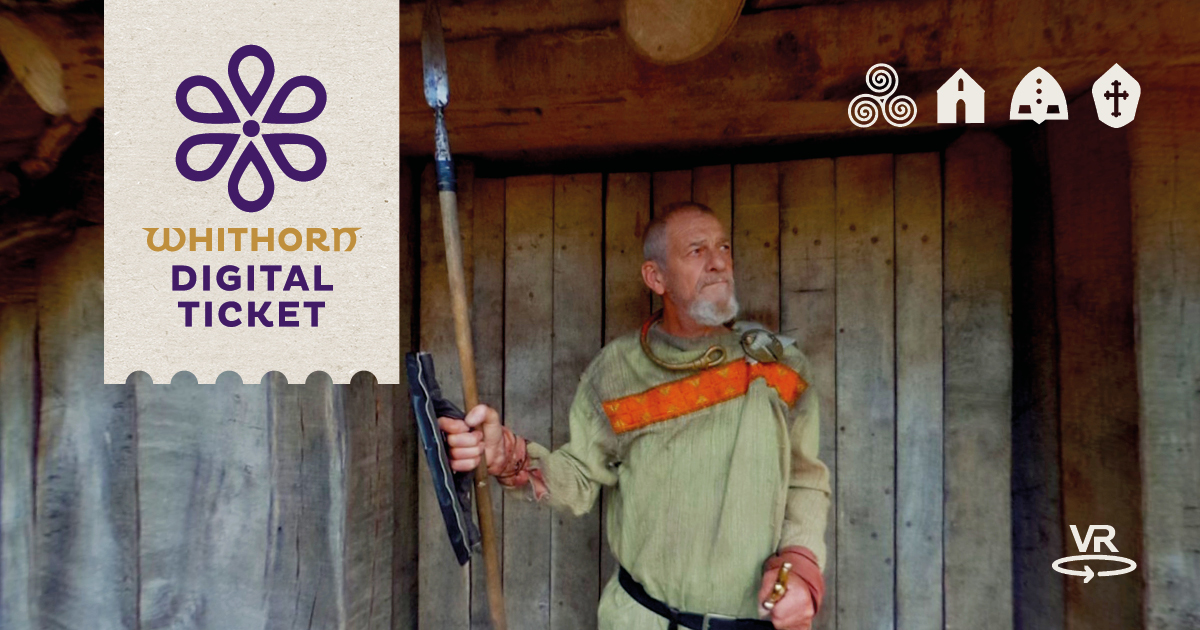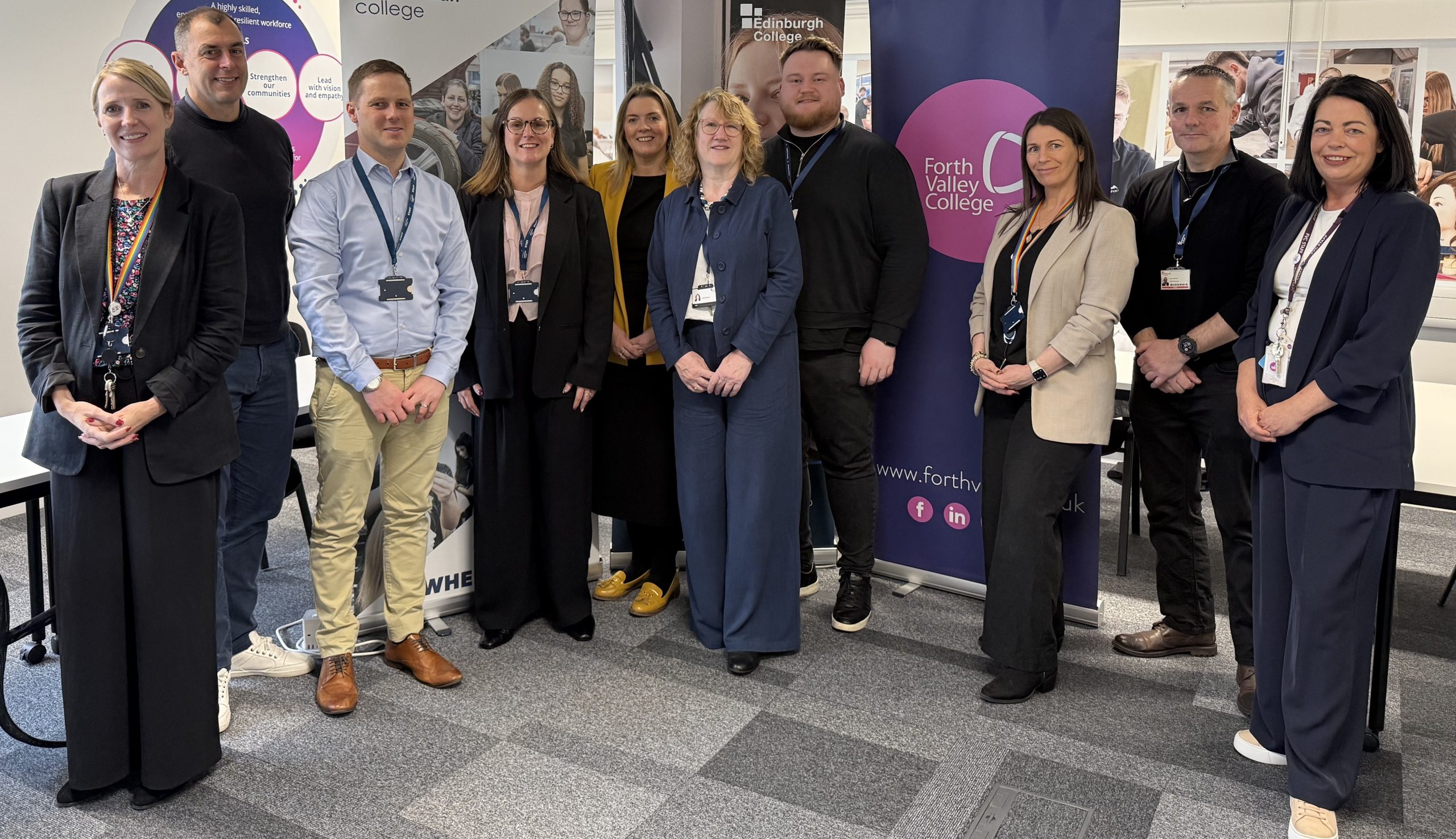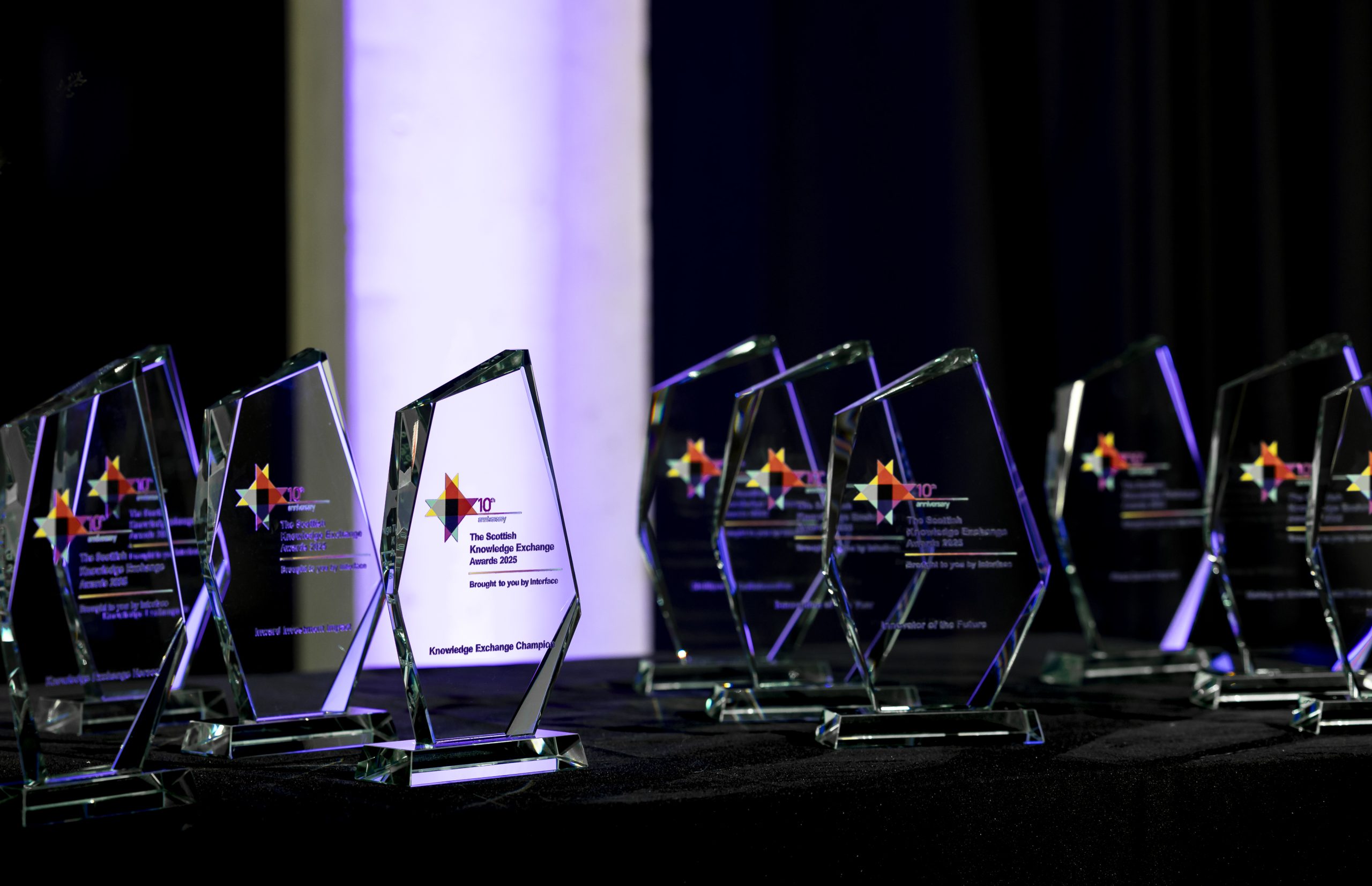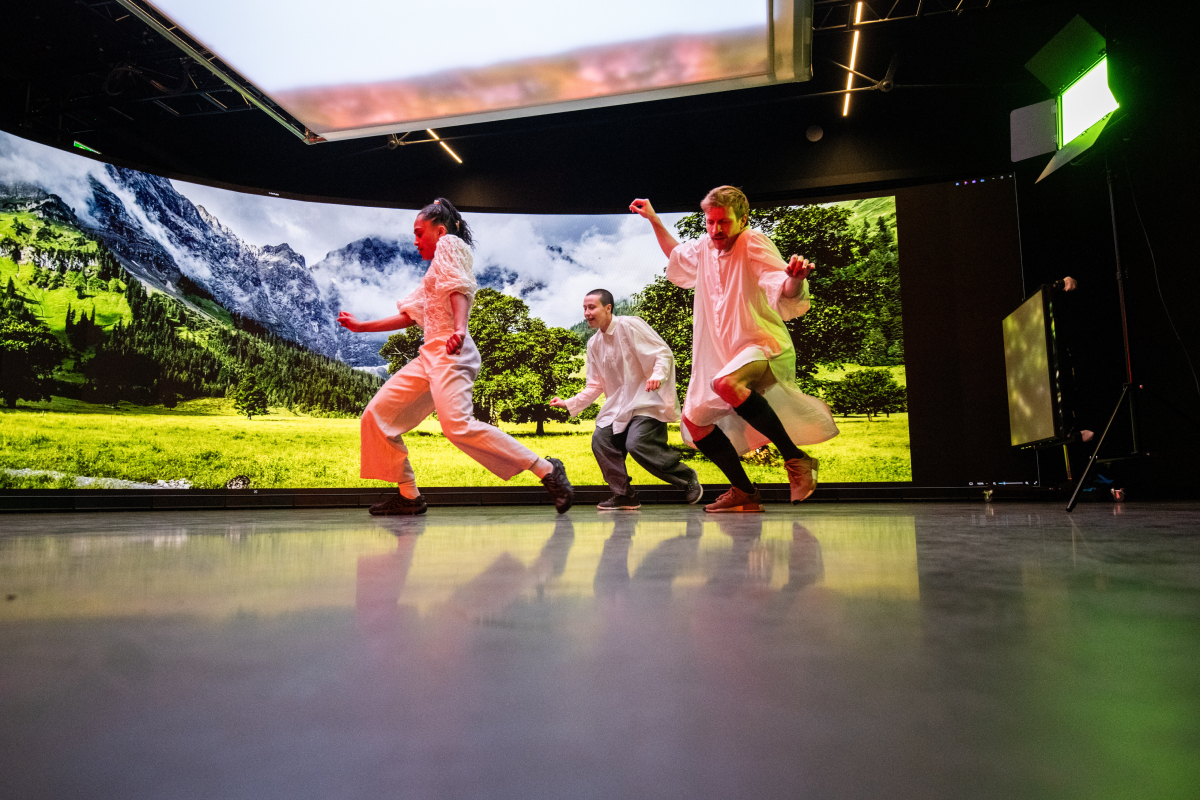Post
Tourism in Dumfries and Galloway given digital know-how

Tourism attractions in Dumfries and Galloway have been finding new ways to share their experiences during lockdown with the help of insights from Scottish universities, to increase their visitor numbers despite being closed.
When COVID-19 forced them to shut, the Whithorn Trust and the Wanlockhead Museum Trust (Museum of Lead Mining), were supported by Interface, which matches organisations to academics, to help them develop digital services to increase their profile and their virtual offering to visitors.
The organisations both developed digital projects with academics and students at the University of Glasgow and University of Edinburgh, who worked in partnership over the summer of 2020. These collaborations resulted in:
The Museum of Lead Mining benefitting from the creation of a static scenes virtual reality tour of the lead mine, miners’ library, and miners’ cottages. A pre-Christmas pilot campaign was also undertaken to build a social media following, which generated 18,000+ post engagements, and 1,575 link clicks. Their Facebook page following went up by 17% to 2,700 potential visitors during that brief campaign. A subsequent campaign that will help raise donations for the museum and increase their following has recently been launched.
Kathryn Linsell, Trustee of Wanlockhead Museum, said: “I can only thank Mari Findlay for the introduction to Dr Kirsten Cowan at University of Edinburgh and Dr Alena Kostyk at University of Glasgow. Both are a bubble of knowledge, energy and enthusiasm.”
The Whithorn Trust now has a static scenes virtual reality tour for the Trust’s Iron Age Roundhouse and Priory, and the academics are in the process of creating a 360-degree video virtual reality tour. A Facebook campaign was designed and tested to facilitate the sales of the Whithorn Trust’s “digital ticket” initiative and to build a larger social media following.
Julia Muir Watt, Development Manager at The Whithorn Trust said: “Dr Kostyk and Dr Cowan have been hugely helpful and very proactive, helping not only with expertise, but also with funding. It’s been a great project and is working in very well with our new digital ambitions. We’d certainly work with a university again if we got the right project – great experience!”
Interface’s Business Engagement Executive for Dumfries and Galloway, Mari Findlay, introduced both organisations to the academics, who continue to work together on new marketing projects to further benefit the museums.
She said: “In response to COVID-19, Interface – who match businesses and social enterprises to academic expertise, came up with the initiative for Adopt a Business after asking university academics and students if they would be prepared to help Scottish tourist attractions and accommodation providers due to COVID-19 impact. VisitScotland and the Scottish Tourism Alliance promoted the opportunity to their members and over 80 tourism organisations came forward seeking support.
“The aim was to help visitor attractions and tourist companies to recover from the impact of lockdown by diversifying their businesses and adapting to the new environment of predominantly UK visitors enjoying “staycations”.
“We were overwhelmed with the response from universities across Scotland in helping the tourism and hospitality industry, which has been so hard hit during the pandemic.”
The Adopt a Business initiative saw academics and students from 14 universities work on industry-led projects, including enhancing visitor experience using data; harnessing augmented and virtual reality; diversifying new products and services; marketing and digital strategies, and improving sustainability.
The Museum of Lead Mining, Wanlockhead, was founded in 1974. It represents the local social and industrial history of this once important Scottish site of lead mining. The museum consists of an underground mine (open to the public); Straitsteps Cottages, representing the miners’ lives in 1750, 1850 and 1910; the Miners’ Library and the Visitor Centre housing the Museum. The museum is accredited and holds a Recognised Collection, including the library with its stock of 2,800 books. It is one of the oldest subscription libraries in Europe.
The Whithorn Trust was founded in 1988 to inspire the public with the story of Whithorn, which is one of the earliest sites in Scotland where archaeological evidence of Christian practice is found. The site was an early medieval monastery and later a pilgrimage shrine. The Trust operates a visitor centre; museum; guided tours, including its full-scale replica Iron Age Roundhouse; and a café and shop to support its activities. It also promotes wide ranging economic development and educational initiatives, working with bioarchaeologists on dating and population information for the early burials.



